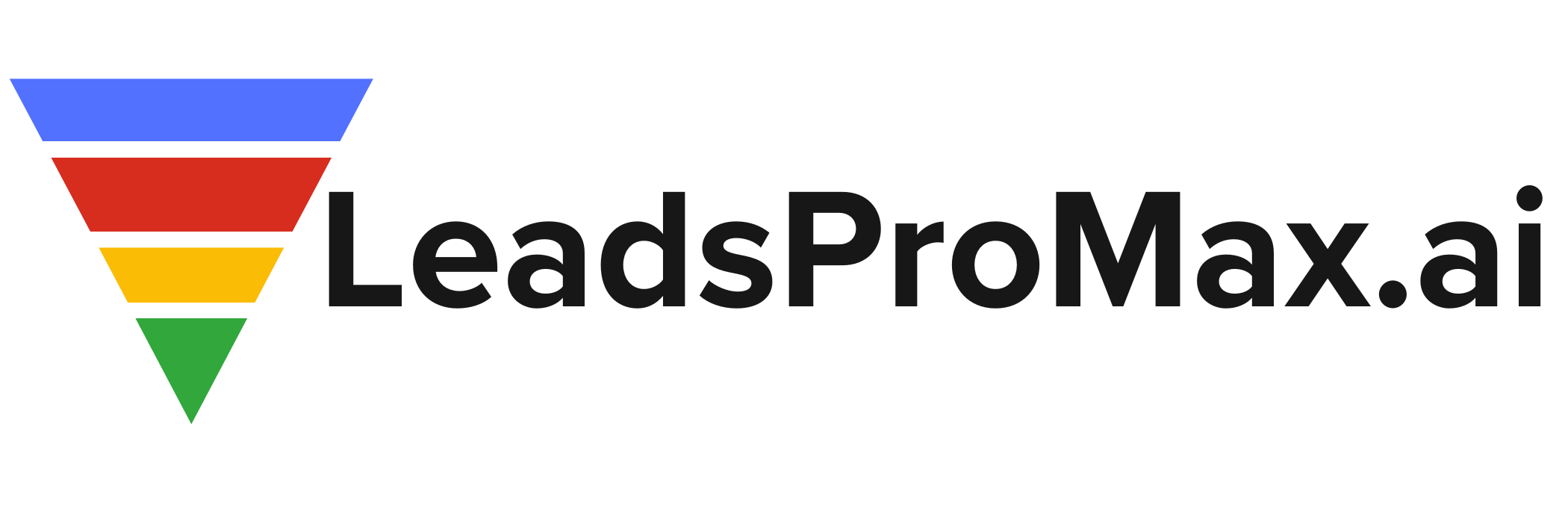Unlocking the Power of Strategic Sourcing: Examples, Applications, and Use Cases
In today’s competitive business landscape, companies are constantly seeking ways to optimize their supply chains, reduce costs, and build strong relationships with suppliers. This is where strategic sourcing comes into play. By taking a comprehensive approach to supply chain management, businesses can align their sourcing strategies with long-term goals, mitigate risks, and drive innovation. In this blog post, we’ll explore the key concepts of strategic sourcing, real-world examples, and its various applications across industries.
Understanding Strategic Sourcing
Strategic sourcing is more than just finding the cheapest supplier or negotiating the best deal. It’s a holistic approach that involves analyzing business needs, gathering market data, and selecting suppliers that align with the organization’s long-term objectives. The focus is on the total cost of ownership, supplier relationships, and risk management, rather than solely focusing on the initial purchase price[2][4].
To implement strategic sourcing effectively, companies typically follow a structured process that includes several key steps:
1. Business Needs Analysis: This step involves identifying what the organization buys and analyzing its spending patterns to uncover opportunities for improvement.
2. Strategic Plan Development: Based on the insights gathered from the business needs analysis, a sourcing strategy is outlined, taking into account the company’s goals and objectives.
3. Market Analysis: Collecting relevant market data is crucial for making informed decisions about supplier selection and negotiation.
4. Supplier Selection: Choosing the right suppliers is based on a set of criteria that includes quality, reliability, cost, and alignment with the company’s values and goals.
5. Contract Negotiation: Once the suppliers are selected, the terms and conditions of the partnership are established through contract negotiation.
6. Performance Measurement: Continuously evaluating and improving supplier performance is essential to ensure that the sourcing strategy remains effective and aligned with the company’s objectives[2][4].
Real-World Examples of Strategic Sourcing
To better understand how strategic sourcing works in practice, let’s take a look at some notable examples from well-known companies:
1. BMW Group: The German automaker focuses on building strong supplier relationships, improving supply chain efficiency, and emphasizing sustainability. By collaborating closely with its suppliers, BMW Group has been able to drive innovation and maintain its competitive edge in the automotive industry[1][5].
2. Nestlé: As a global food and beverage company, Nestlé prioritizes sustainability and responsible sourcing. By ensuring ethical practices throughout its supply chain, Nestlé has been able to maintain its reputation and meet the growing demand for socially responsible products[1][5].
3. Amazon: The e-commerce giant leverages its scale and technology to negotiate better prices and improve supplier performance. By focusing on efficiency and innovation, Amazon has been able to disrupt traditional retail and set new standards for customer experience[1][3][5].
4. Toyota: The Japanese automaker is known for its lean sourcing approach, which emphasizes supplier collaboration and risk management. By diversifying its supplier base and fostering long-term partnerships, Toyota has been able to maintain a resilient and agile supply chain[3][5].
Applications and Use Cases of Strategic Sourcing
Strategic sourcing has a wide range of applications across various industries and business functions. Some of the most common use cases include:
1. Cost Savings: By identifying the best suppliers and negotiating favorable terms, companies can significantly reduce their procurement costs and improve their bottom line.
2. Risk Management: Strategic sourcing involves assessing potential risks, such as supply disruptions or quality issues, and developing strategies to mitigate them. This helps companies maintain business continuity and protect their reputation.
3. Sustainability: Many companies are using strategic sourcing to align their procurement practices with environmental and social responsibility goals. By partnering with suppliers that share their values, businesses can reduce their ecological footprint and contribute to a more sustainable future.
4. Innovation: Collaborating with suppliers to develop new products, services, or processes can help companies stay ahead of the curve and enhance their customer experience. Strategic sourcing enables businesses to tap into the expertise and resources of their suppliers to drive innovation[2][3][4].
Embracing the Future of Strategic Sourcing
As the business world continues to evolve, strategic sourcing will play an increasingly important role in driving success and competitiveness. By embracing the principles of strategic sourcing and leveraging emerging technologies, such as artificial intelligence and blockchain, companies can build more resilient, efficient, and sustainable supply chains.
To stay ahead of the curve, it’s essential for businesses to continuously evaluate and refine their sourcing strategies, foster strong supplier relationships, and stay attuned to the latest industry trends and best practices. By doing so, they can unlock the full potential of strategic sourcing and position themselves for long-term success.
#StrategicSourcing #SupplyChainManagement #Procurement #BusinessStrategy
Are you ready to take your supply chain to the next level? Share your thoughts and experiences with strategic sourcing in the comments below, and don’t forget to like and share this post with your network!
-> Original article and inspiration provided by ReviewAgent.ai
-> Connect with one of our AI Strategists today at ReviewAgent.ai

